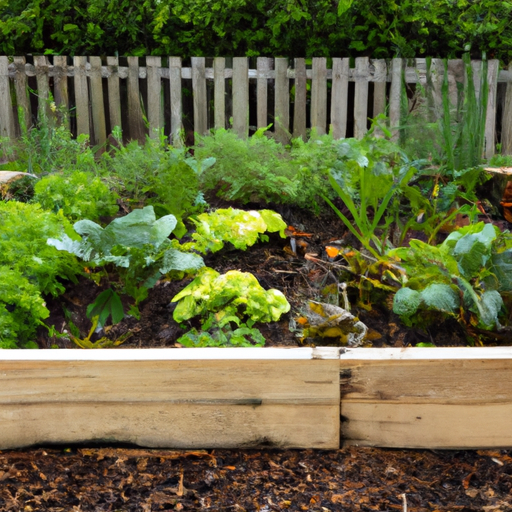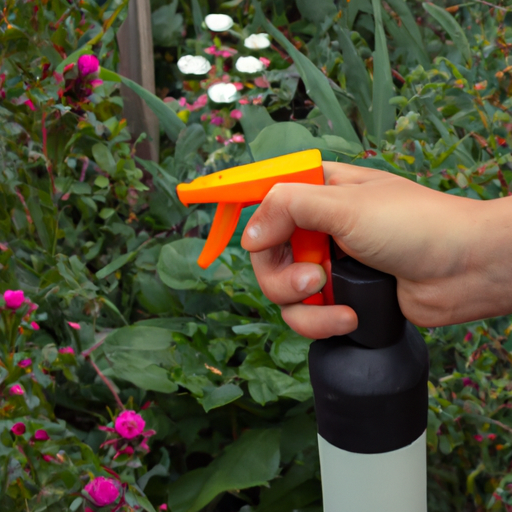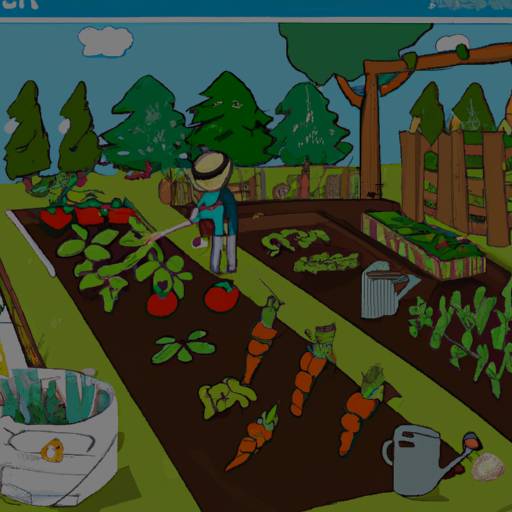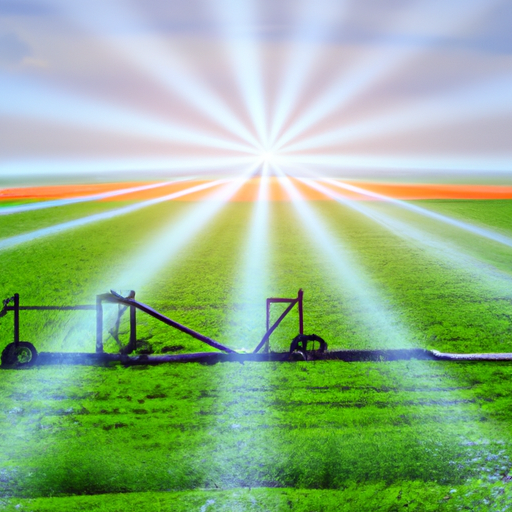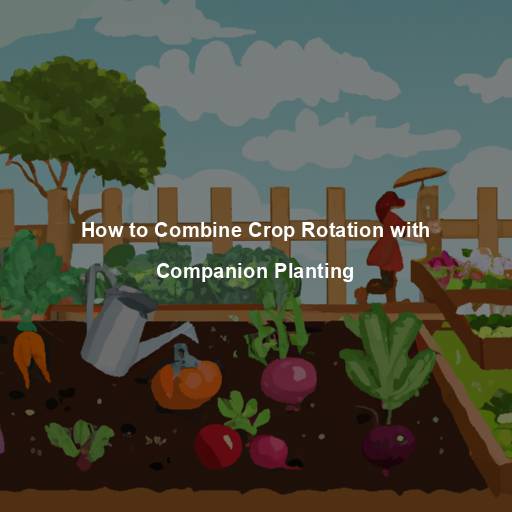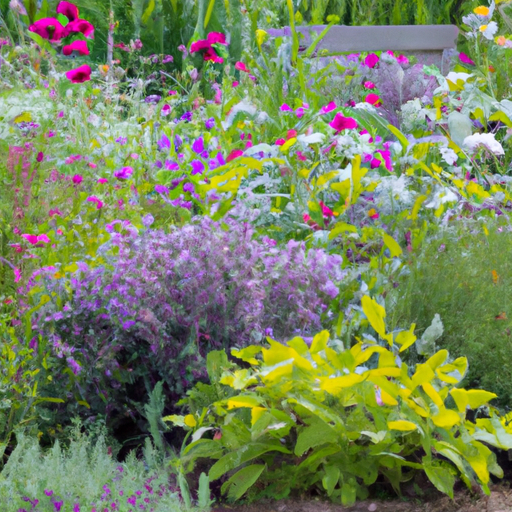If you’re looking to start a successful organic garden, one of the best things you can do is invest in raised bed gardening. Raised beds have become a popular choice for many home gardeners due to their numerous benefits over traditional gardens.
Not only do they provide better soil drainage and allow for more efficient use of space, but they also offer several other advantages that can lead to healthier plants and higher yields.
One benefit of raised bed gardening is that it allows you to control the quality of your soil. By filling your raised bed with high-quality compost and topsoil, you can create a nutrient-rich environment that will promote healthy plant growth.
Additionally, because the soil in raised beds isn’t compacted like it often is in traditional gardens, roots are able to grow more freely and absorb nutrients more easily. This leads to stronger plants with deeper root systems – which translates into larger harvests come harvest time!
Improved Soil Quality
As a Master Gardener, I can attest to the fact that raised bed gardening is one of the best ways to improve soil quality in your organic garden.
With raised beds, you have greater control over the composition and condition of your soil.
The elevated nature of these beds allows for improved soil aeration as well as better drainage.
This means that plant roots are able to grow more deeply and access nutrients more easily.
Additionally, raised beds promote nutrient retention by keeping fertilizer and other amendments contained within the bed rather than allowing them to leach out into surrounding areas.
In short, choosing to use raised beds will lead to healthier plants and higher yields in your organic garden.
Efficient Use Of Space
As we discussed earlier, raised bed gardening can significantly improve soil quality. But that’s not the only benefit of this method! Another advantage is efficient use of space, which is especially important for those with limited garden area or who want to maximize their yield.
Vertical gardening is a great way to make the most out of your raised beds by growing plants upwards instead of horizontally on the ground. This technique allows you to grow more in less space and also makes harvesting easier.
Companion planting is another useful strategy for maximizing space utilization in your organic garden. By choosing plants that complement each other, you can create an environment where they thrive together without competing for resources like water and nutrients. For example, planting beans next to corn helps both crops since beans fix nitrogen into the soil while corn needs it for growth.
With these techniques, you can turn even a small raised bed into a highly productive organic garden!
Healthier Plant Growth
Picture a garden where your plants are thriving, bursting with life and color. This is the dream of every gardener, and raised bed gardening can make it a reality.
Not only do raised beds provide better drainage and soil structure, but they also promote healthier plant growth. When you use raised beds in your organic garden, you’ll notice an improvement in nutrient retention as well as pest management.
Here are four ways that raised bed gardening leads to healthier plant growth:
1. Improved Soil Quality: Raised beds allow for more control over the soil quality. You can add compost, manure or other amendments easily without disturbing the roots of your plants.
2. Better Drainage: Poorly draining soils can lead to root rot and fungal diseases that stunt plant growth. With raised beds, excess water drains away quickly so that roots stay healthy and strong.
3. Fewer Weeds: Traditional gardens often have weed problems because weeds compete with crops for nutrients and moisture. In raised beds, there’s less space available for weeds to grow, making them easier to manage.
4. Pest Control: Raised beds provide physical barriers that deter pests like rabbits from eating your plants. Additionally, by planting certain herbs and flowers within your raised beds – such as marigolds which repel nematodes – you can help prevent insect infestations naturally.
By using these techniques found in raised bed gardening, you will undoubtedly see happier plants with improved health benefits!
Stronger Root Systems
One of the most significant advantages of raised bed gardening is that it promotes stronger root systems. The soil in raised beds tends to be looser and more aerated, allowing roots to penetrate easily and grow deeply into the ground. This results in plants that are better equipped to withstand adverse weather conditions such as droughts or heavy rainfall. Additionally, the increased water retention capacity of the soil within a raised bed means that plants have access to a consistent supply of moisture, which further enhances their ability to develop strong roots.
Another benefit of raised bed gardening is improved pest control. Elevated garden beds are less accessible to pests such as slugs and snails since these critters cannot climb up vertical surfaces easily. Furthermore, because you’re starting with fresh soil when building your raised bed, you can avoid introducing any pre-existing pest infestations into your garden space. This makes it easier for you to keep an eye on potential problems before they become severe.
Overall, by using raised beds in your organic garden, not only will you promote healthier plant growth through stronger root systems but also provide better protection against harmful pests. So if you want to take your gardening game up a notch this year, why not give raised bed gardening a try?
Increased Harvest Yield
As a Master Gardener, I have found that one of the most significant benefits of raised bed gardening is increased harvest yield.
Coincidentally, this can be achieved through proper fertilizer timing and companion planting. By using nutrient-rich soil and strategically placing plants that complement each other’s growth, you can ensure your garden produces an abundance of crops.
Fertilizer should be applied at the beginning of the growing season to give plants the necessary nutrients for healthy development. Additionally, incorporating companion plants such as basil or marigolds can help repel pests and attract beneficial insects like bees and butterflies.
With these techniques in mind, your organic garden will flourish with bountiful harvests throughout the year without having to rely on harmful pesticides or synthetic fertilizers.
Frequently Asked Questions
What Materials Are Best For Building Raised Beds?
When it comes to building raised beds, there are various materials you can choose from.
Recycled materials such as old pallets or bricks are cost-effective options that not only benefit your garden but also the environment.
However, if you prefer a more polished look and convenience, pre-made raised bed kits may be the way to go.
DIY enthusiasts might enjoy constructing their own raised beds using wood planks or concrete blocks for a personalized touch.
Keep in mind that whichever material you choose should be sturdy enough to hold the weight of soil and plants while being resistant to decay over time.
How High Should A Raised Bed Be?
When it comes to raised bed gardening, finding the optimal height for your beds is key. A height of 12-18 inches is recommended as this allows for ample soil depth, which is important for plant growth and root development.
Additionally, choosing a height that is accessible for you to reach will make maintenance and harvesting much easier in the long run. Of course, there are no hard and fast rules when it comes to raised bed heights – ultimately, it depends on what works best for your individual needs and garden space.
Can Raised Beds Be Used For Growing Vegetables Year-Round?
Raised beds can be a great option for growing vegetables year-round, but there are some seasonal limitations to consider.
Indoor options like grow lights and heated greenhouses can help extend the growing season, but it’s important to choose crops that thrive in cooler temperatures during the winter months.
Additionally, raised beds may require more maintenance during colder weather to prevent soil from freezing or becoming too wet.
With proper planning and care, however, raised beds can provide fresh produce throughout the year while also offering the benefits of improved drainage and easier access for gardening tasks.
How Often Should Raised Beds Be Watered?
Watering frequency for raised beds is an essential factor in maintaining soil moisture levels, which directly affects your plants’ health and growth.
As a Master Gardener, I recommend watering your raised beds at least once a week during the growing season, depending on weather conditions.
However, it’s important to note that overwatering can lead to waterlogged soil and harm plant roots.
To ensure proper watering, check the soil moisture level regularly by sticking your finger about 2 inches deep into the soil.
If it feels dry, then it’s time to water again.
By following these tips and monitoring your raised beds’ watering needs, you’ll be well on your way to a thriving organic garden.
Are There Any Drawbacks To Using Raised Beds For Gardening?
While raised beds offer many benefits for gardening, there are some drawbacks to consider.
One issue is the soil quality in raised beds. Since the soil is contained within a specific area, it can become compacted over time and may not have as much access to natural nutrients as traditional garden plots.
Additionally, building and filling raised beds can be more costly than simply tilling the ground for a regular garden plot.
However, these issues can be mitigated by using high-quality soil mixtures and regularly amending the soil with organic matter.
Overall, if one takes care of their raised bed properly, any potential drawbacks can easily be overcome.
Conclusion
In conclusion, raised bed gardening is a fantastic way to grow your own organic vegetables. Not only does it allow for better soil drainage and weed control, but it also makes for easier maintenance and harvesting.
As a Master Gardener myself, I can confidently say that using raised beds has greatly improved the success of my garden.
However, it’s important to note that while there are many benefits to raised bed gardening, there may be some drawbacks based on personal preferences and limitations. It’s crucial to carefully consider factors such as materials used and height of the bed before starting your project.
With proper planning and care, raised bed gardening can provide you with fresh produce year-round and enhance your overall gardening experience.
